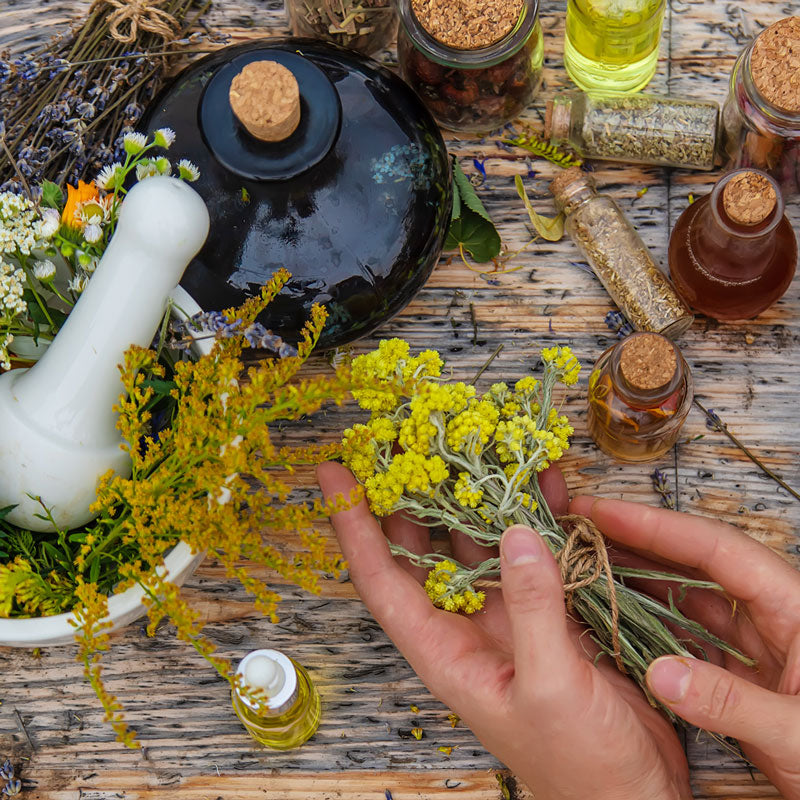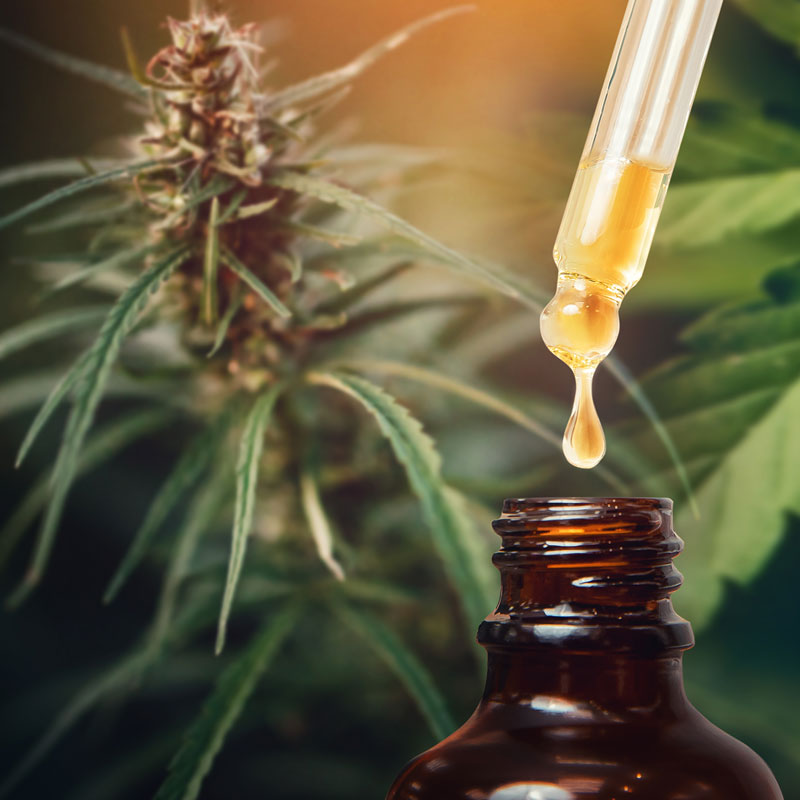Herbal Tincture and Extraction Terms and Methodologies
Tincture and Extraction Terms and Methodologies
Herbalism and apothecary practices incorporate a unique set of terms and methods that are essential to understand before preparing your tinctures or extracts. Familiarizing yourself with this terminology ensures a smoother, more effective process when crafting herbal remedies. Below, we outline key terms and methodologies used in herbal extractions, optimized for applications involving food grade ethanol.

What is a tincture?
A tincture is simply a concentrated liquid herbal extract made by soaking plant material in a solvent such as alcohol, oil, vinegar, water, or glycerin with the intent to draw out and preserve the herbal's active compounds.
Tincture Related Terms
- Menstruum: the solvent used to extract the active compounds from herbs in tincture-making. Common menstruums include alcohol, vinegar, and glycerin, with the choice depending on the herb's properties and the intended use of the tincture. Food grade ethanol, like Culinary Solvent, is the preferred menstruum for tinctures due to its ability to extract a broad spectrum of both water-soluble and fat-soluble compounds.
- Marc: refers to the leftover plant material after the extraction process is complete. Once the menstruum has dissolved the herb’s active compounds, the marc, composed of fibers and bulk material, is strained out and typically discarded. Some herbalists, however, choose to compost the marc or use it for secondary applications like topical compresses.
- Full Extract: when a tincture captures the entire spectrum of active compounds within the herb. This is achieved through a longer maceration period or a combination of extraction techniques to ensure that every therapeutic property—found in the leaves, stems, juice, seeds, oils, flowers, bark, sap, and roots—is included in the tincture.
Extraction Related Terms
- Maceration: one of the most traditional and widely practiced methods in herbal extraction. It involves soaking herbs in alcohol, like 200 proof food grade ethanol, over an extended period—typically several weeks. This gradual process allows the menstruum to dissolve the herb's active constituents, ensuring a potent and balanced extract.
- Percolation: a faster alternative to maceration, involving the continuous flow of solvent (alcohol) through a column of herbal material. This method extracts active compounds more efficiently and is particularly suited for processing fresh, in-season herbs.
- Infusion: involves steeping herbs in a hot or cold menstruum for a shorter, defined period. While this method is quicker than maceration, it is often used for delicate herbs that might lose their potency with prolonged exposure to alcohol or heat.
- Quick Wash: a technique is a rapid extraction method, where the menstruum contacts the herb for only a few minutes. This process is ideal for isolating specific, sensitive compounds while minimizing the extraction of undesired elements, such as chlorophyll or waxes.
- Spagyric Extraction: an advanced and holistic approach to herbal extraction. This method involves three distinct stages: fermentation, distillation, and the reunification of the herb's components, including its minerals and salts.
How to Choose the Right Extraction Methodology
Each extraction method has its strengths and is best suited for specific goals. Whether you’re crafting a full-spectrum tincture, a light infusion, or a quick wash concentrate, your choice of methodology should align with the desired potency, application, and timeline for your herbal remedy.
Understanding Tinctures vs. Infusions and Liniments
By understanding the distinctions between tinctures, infusions, and liniments, herbalists can select the most appropriate preparation for their needs. Whether you’re crafting a fast-acting tincture for internal use, a refreshing infusion for immediate enjoyment, or a targeted liniment for external relief, food grade ethanol like Culinary Solvent is a vital tool in ensuring the effectiveness and quality of your herbal preparations.
Herbal Tinctures
Herbal tinctures are potent liquid extracts made by soaking ingredients in a solvent, such as 200 proof food grade ethanol from Culinary Solvent. This high-proof alcohol effectively extracts the flavors, aromas, and active compounds from fresh or dried herbs. The steeping process typically lasts a few weeks to a month, resulting in a concentrated liquid with a long shelf life.
Tinctures are versatile and widely used in internal applications, from enhancing flavor in beverages to delivering medicinal benefits in herbal remedies. A key advantage is their rapid absorption when administered orally, either directly or diluted in water, tea, or juice. Their concentrated nature means only small amounts are needed to achieve the desired effect, making them a staple for herbalists.
Tinctures are primarily intended for internal use, delivering concentrated medicinal properties when consumed orally. Their potency and ease of use make them a favorite among herbalists for remedies aimed at promoting internal health and wellness.
Herbal Infusions
Herbal infusions, in contrast, involve steeping herbs in a hot liquid—typically water or oil—for a shorter time, ranging from minutes to a few hours. This method gently extracts the flavors and aromas, creating a lighter, more fragrant liquid compared to tinctures.
Infusions are perfect for those seeking quick results and instant gratification. They are commonly used in teas, soups, and sauces, or as a finishing drizzle to add subtle depth to culinary creations. While they lack the concentration and long shelf life of tinctures, their ease of preparation makes them a convenient option for everyday use.
Herbal Liniments
Liniments, on the other hand, are designed for external use to target specific areas of the body. These liquid preparations are used to relieve muscle pain, joint discomfort, or skin conditions, depending on the herbs and ingredients infused. Food grade ethanol is often the solvent of choice for liniments due to its quick-drying and antiseptic properties, though oils or witch hazel may also be used in some formulations.








